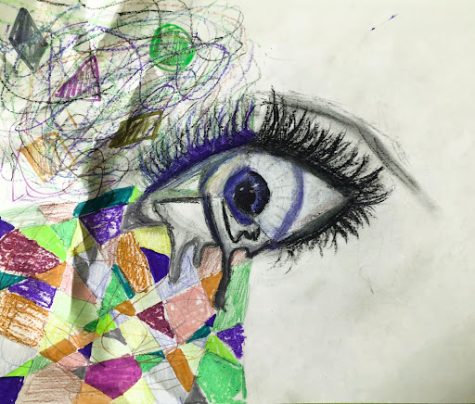The Axolotl brain; one step closer to curing cancer?
October 4, 2022
Cancer is one of the main causes for death in the world; and despite the constant testing and attempts to find a cure- none has been found. The axolotl (Ambystoma Mexicanum) is a salamander in the family Ambystomatidae notable for their retention of external gills throughout their entire lifecycle. Discovered in 1984, this salamander has the ability to regenerate brain cells that are lost during injury. With this discovery, regenerative brain cells can advance science one step closer to finding the true cure for cancer.
Using progenitor cells, these are cells that can divide themselves into copies of each other or turn into other cell types- quite similar to stem cells. When progenitor cells become neurons in the brain- many, in the axolotls case pass through an intermediate cell type called neuroblasts. Neuroblasts are cells that have the ability to change into cells that are needed throughout the body, such as skin and hair. These were unknown to exist in axolotls, found commonly in unborn children or young babies- but are now discovered in adult axolotls of any age, size, and species. After the period of time where brain cells are lost, the brain in the axolotl begins to regrow neuroblasts, and these in turn form into the exact copy of what part of the brain is lost.
Explained in a simpler detail: brain loss occurs, the axolotl’s body recognizes the loss, then responds with growing neuroblasts. These change and form into copies of the lost brain, therefore healing the brain entirely and total loss of memory and daily functions is avoided.
“Although the brains of lower vertebrates are known to exhibit somewhat limited regeneration after incisional or stab wounds, the Urodele brain exhibits extensive regeneration after massive tissue removal,” MBC states. For those who don’t know, the Urodele brain is the brain of an amphibian. Amphibians and reptiles alike can regenerate parts of their bodies, such as lost tails and appendages. Axolotl’s varying from the group have the special ability to regenerate their brain cells along with their appendages.
This discovery can lead to new ones in brain regrowth for people who have brain damage due to a possible car accident, re-developing undeveloped parts of the brain in infants that cause disorders and disabilities, as well as aiding in the relearning process for people that have gone through a stroke. This will allow society to progress even further in scientific advancements and studies of the brain and be one step closer to curing cancer for all.







